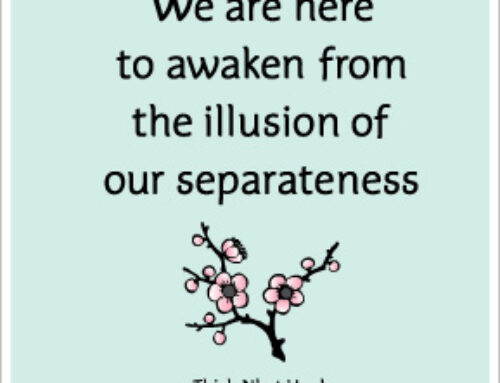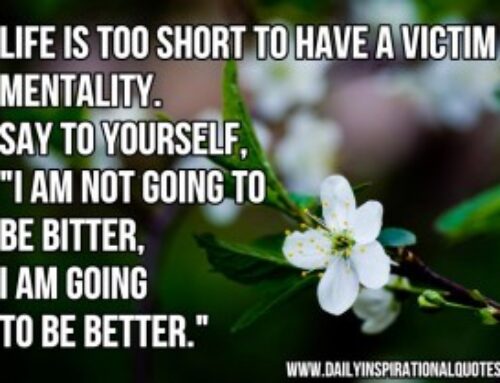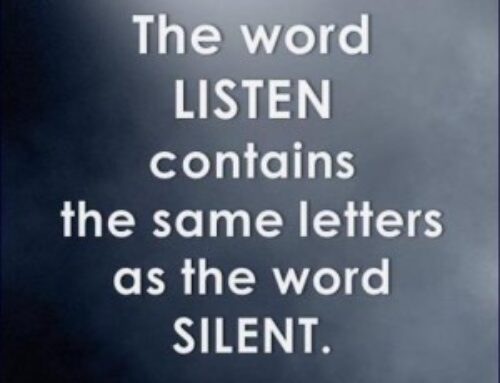We are biologically predisposed to notice what’s wrong, to look for the negative as a means of preparing for it. It’s an ingrained survival skill which has become overdeveloped. Particularly in the Western culture in which we live. I mean, generally speaking, we’re not being chased by tigers or having to daily defend ourselves from our neighboring tribes. So this overdeveloped skill might help us to prepare for worst case scenarios (which rarely happen), but it also saps our joy and leaves us with an Eeyore kind of disposition.
To soften that overdeveloped skill, the practice is gratitude. We look for what is good even when there is clearly difficulty. This is not to say that we ignore the challenges in life by skirting over them with a fake smile. Faking positivity only makes us feel inauthentic. The job of the person on the spiritual path is to be able to see, experience, and accept all that life has to offer us. Not just the pleasant. But also, not just the unpleasant. So, we practice gratitude to balance out our glass half empty view. When we are in difficult places in our lives, this practice can be particularly challenging.
About 6 years ago I began a series of knee surgeries, six in three years, which eventually culminated in a total knee replacement at 44…an unheard of age for a knee replacement. During that three-year period I also had an additional surgery on my thumb. Compounding those surgeries was the fact that I am allergic to opiates, so no pain meds for me. This all happened while I was working on my Masters in Dance/Movement Therapy, my best friend was diagnosed with terminal cancer from which she eventually died, and my relationship was heading towards divorce. Part of how I kept a shred of sanity was through gratitude practice. There are two main types of gratitude practices. Positive Gratitude Practice & Negative Gratitude Practice.
In Positive Gratitude Practice we name the good at any given moment such as, “I am grateful I have family who love me. I am grateful I have enough resources for healthy food,” and so on. Negative Gratitude Practices are particularly useful when one is going through a challenging time and is having a hard time finding the positive. So we have gratitude for what is not happening to remind us that there is always a worse story, which keeps our own experience in perspective. While I was going through the knee surgery years one of my negative gratitude phrases was, “I don’t have cancer, I’m not in a wheelchair, and I don’t have a poop bag.” That put my suffering into perspective. Negative gratitudes can also be used as a source of humor, which lightens up the ‘taking ourselves too seriously’ disposition, and can be fun ways to teach children gratitude. “I’m grateful that I don’t have 15 hairy facial moles. I’m grateful I don’t have a tail.”
Try it for a week. Attach it to a practice you already have like eating, driving, washing dishes, etc. One week, several times a day, and just notice if your sense of joy doesn’t increase.
May you find gratitude for your life. May your joy be full.
Sabrina Santa Clara
The post Why Be Grateful? appeared first on Integrated Holistic Counseling.






